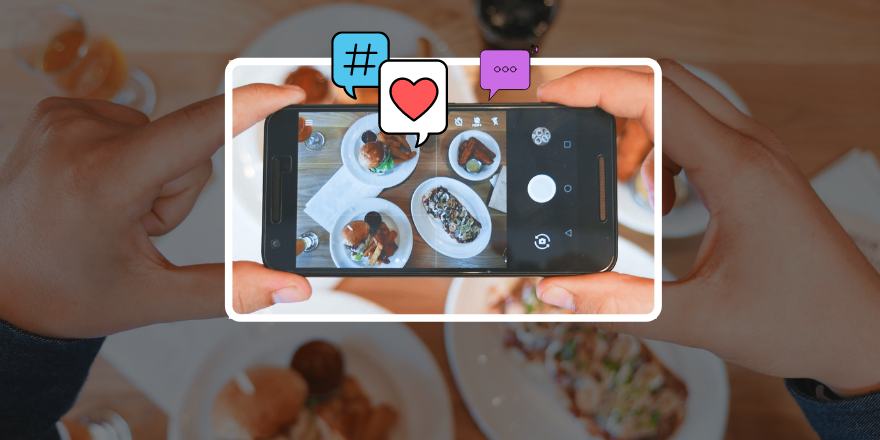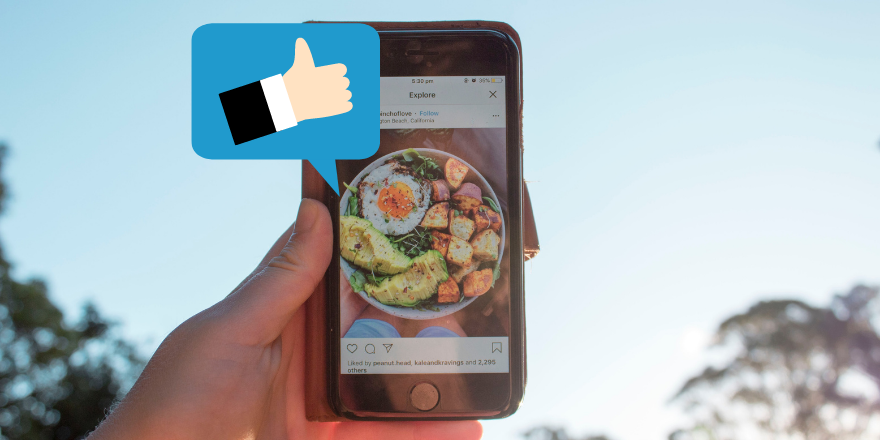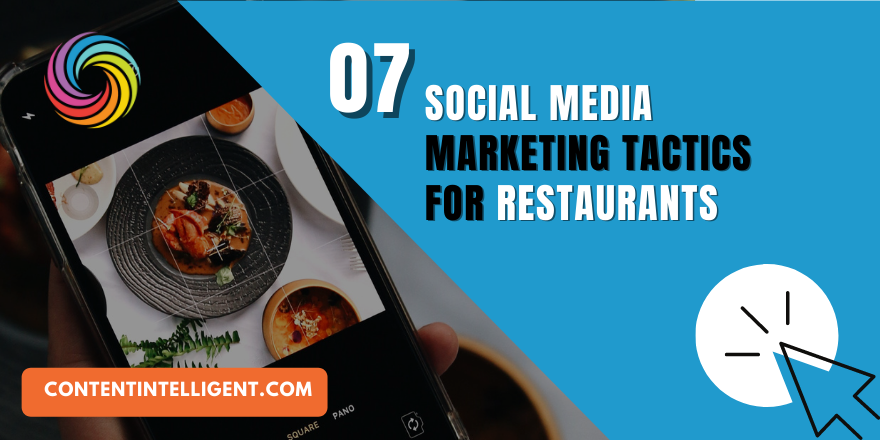It's no secret that social networks play a fundamental role in building a digital image. The impact of the social media strategy for food businesses is better compared to a website.
The consumer relies on the content published on the networks, seeks information about places to eat, or accepts recommendations from other users. If you don't have a visibly active role on social media, you're missing out on customers. These are some actions that cannot be lacking in marketing for restaurants.

Define graphic identity
When opening a business, it's necessary to create a graphic identity that allows identifying the brand in the market: defined colors, logo, original names for the dishes, and above all, photographs of its products. Transfering this identity to all social networks where the restaurant has a presence is a must. The design of the web, the tone, and the quality of the photographs are three of those responsible for attracting new customers.
Change to "business profile"
It's fundamental to separate the business from the personal profile. For this, it's necessary to create a business account. Nowadays, social networks have this option, and it offers tools that help to have better management of the posts.
Displays relevant information
The social media profiles have a space called "BIO," where you can share the restaurant's slogan or values. However, "presenting" the business with contact details or important information to the consumer, it's more recommended.

Interactive and quality content
Take advantage of the tools offered by the different platforms, such as Instagram reels or live broadcasts. There is no need to panic! It's essential to have a mesh of varied and interactive content that can be entertaining. Publications with curiosities, promotions, information about the company, photos of the team, among others, are the perfect example.
Have you heard that "food enters through the eyes"? The food business is one of the best-sellers with images. But, consumers distrust "make-up" products. That's why the pictures must look natural, with good quality, and a minimum of retouching.
Full-time customer service
Many users are known to contact restaurant accounts with questions that can translate into a future sale. Interacting with clients and maintaining an optimal response profile creates a relationship of trust that will generate a more stable and lasting network of clients.
Encourage actions and interactions with users and the support of influencers
Own content doesn't always help to sell. A large part of the strategy comes from the users. The (free) publicity that a client can give you by writing reviews, leaving likes, or uploading a photo of a dish on Instagram, is something that businesses should encourage.
Twitter, Facebook, and Instagram have specialized accounts or people dedicated to sharing images and comments about their gastronomic experiences in the city. Considering that the vast majority of users on social networks trust the recommendations of others, it's convenient to identify and create good relationships with these people, the influencers. How to achieve this? Through contact to show the business, an invitation to dinner as an exchange, or reaching an agreement to share various images and recommendations.
Ads, hashtags, and network monitoring
All of the above would be meaningless without this step. It's crucial to keep constant monitoring of the different networks. For example, on Twitter, you must have a filter that indicates the tweets of people who mention the restaurant, even if they do not mention the user.
Because restaurants have the advantage of selling with visual content only, Facebook ads can be of great help, especially for new users. The publications on Facebook don't reach all the fans, but in exchange for a low cost, you can promote it between fans and non-fans of the brand. The hashtags used must be specific and not so generic. It's necessary to know the popular hashtags in the city or nearby areas. You can also create a specific one for the business and encourage its use among users.
In digital marketing, everything is measurable and quantifiable. Therefore, you should take advantage of this and periodically analyze the results obtained with the actions carried out. Said and done, social media is a fundamental part of restaurant marketing. Get in touch and let us do the hard work!

